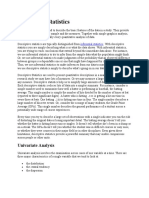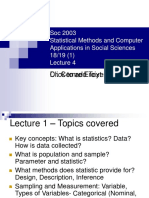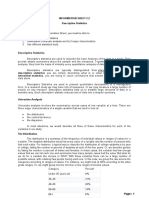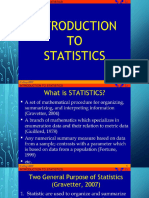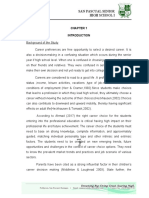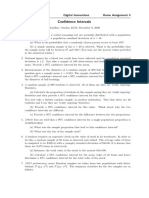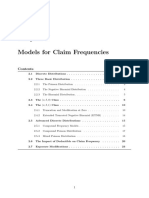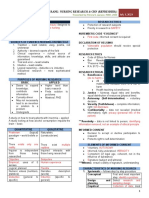0% found this document useful (0 votes)
62 views22 pagesStatistical Analysis of Rainfall Data
The document discusses statistical analysis of rainfall data. It covers topics such as population and samples, finite and infinite populations, probability concepts, descriptive statistics including measures of central tendency, and the length of data needed for analysis. The document determines that rainfall values are treated as coming from an infinite population and the sample is assumed to be representative of the larger population.
Uploaded by
MomostafaCopyright
© © All Rights Reserved
We take content rights seriously. If you suspect this is your content, claim it here.
Available Formats
Download as PDF, TXT or read online on Scribd
0% found this document useful (0 votes)
62 views22 pagesStatistical Analysis of Rainfall Data
The document discusses statistical analysis of rainfall data. It covers topics such as population and samples, finite and infinite populations, probability concepts, descriptive statistics including measures of central tendency, and the length of data needed for analysis. The document determines that rainfall values are treated as coming from an infinite population and the sample is assumed to be representative of the larger population.
Uploaded by
MomostafaCopyright
© © All Rights Reserved
We take content rights seriously. If you suspect this is your content, claim it here.
Available Formats
Download as PDF, TXT or read online on Scribd
/ 22













